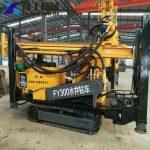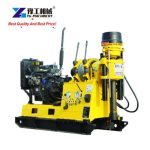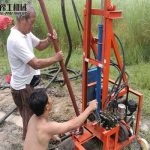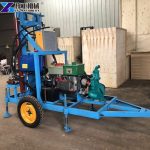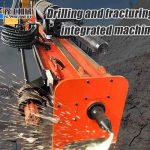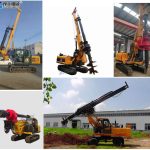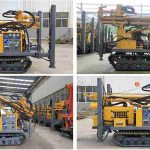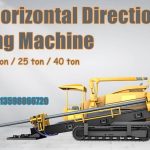When it comes to drilling, not all methods are created equal. Enter the RC drilling rig—a game-changer in mineral and oil exploration. Whether you’re a drilling services company, a reseller, or just someone curious about how the earth’s treasures are uncovered, this guide will walk you through everything you need to know about reverse circulation (RC) drilling.
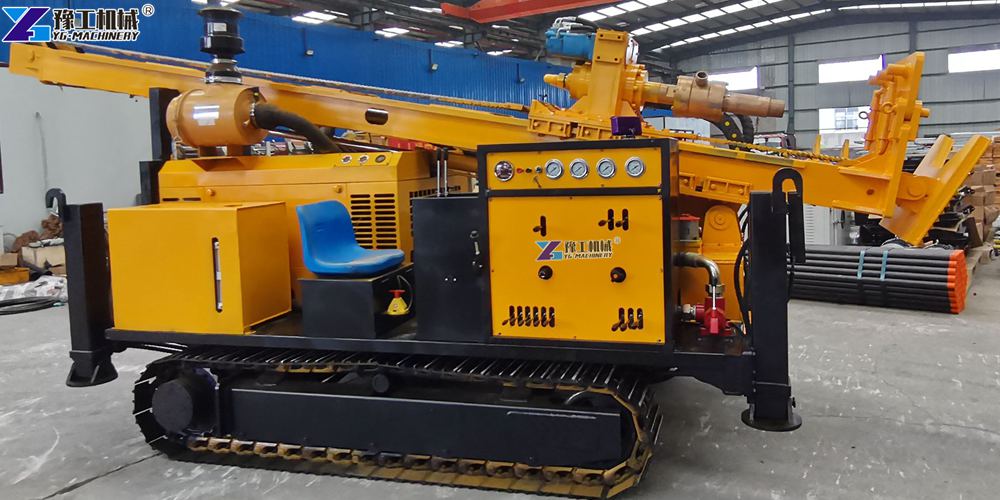
So, what makes RC drilling rigs so special? Let’s dig in.
What is an RC Drilling Rig?
An RC drilling rig is a specialized piece of equipment designed for reverse circulation drilling, a technique that’s become a gold standard in mineral exploration and oil and gas industries. Unlike traditional drilling methods, RC drilling uses a dual-wall drill pipe to collect samples with minimal contamination, making it highly efficient and accurate.
Think of it as the Swiss Army knife of drilling—versatile, precise, and reliable.
Technical Parameters
| Model | YG-RC600 |
| Drilling depth | 600m |
| Drill rod specifications | Φ102mm, Φ89mm, Φ73mm |
| Drilling diameter | Φ90~Φ220mm |
| Drilling angle | 90~45° |
| Rated speed | 0-139r/min, forward and reverse |
| Rated lifting force | 80kN |
| Rated feed force | 41kN |
| Feed stroke | 3500mm |
| Rated power | 117 kw (diesel engine) |
| Weight | 95000kg |
| Overall dimensions | 5500×2200×2700mm |
| Control panel | 1680×350×850mm |
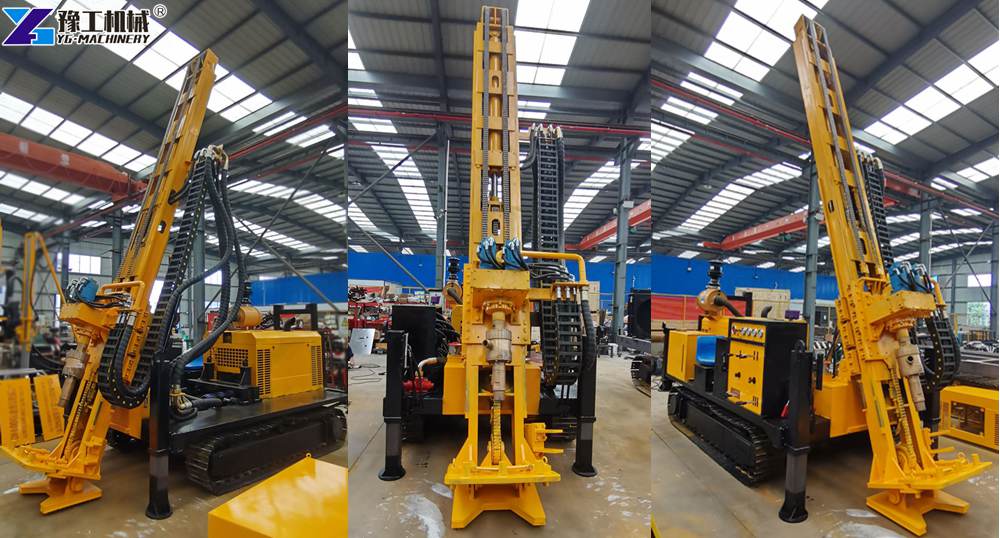
How Does RC Drilling Work?
At its core, RC drilling is all about efficiency and precision. Here’s a simplified breakdown of how it works:
- Dual-Wall Drill Pipe: The rig uses a hollow outer pipe and an inner tube. The outer pipe delivers high-pressure air to the drill bit, while the inner tube transports the cuttings (rock samples) back to the surface.
- Air Circulation: Compressed air is forced down the annulus (the space between the outer and inner pipes), driving the drill bit and breaking up the rock.
- Sample Collection: The cuttings are carried up through the inner tube, ensuring a clean, uncontaminated sample.
This process not only speeds up drilling but also provides high-quality samples, making it a favorite among geologists and exploration companies.
Industries That Benefit Most from RC Drilling
RC drilling rigs aren’t just for one industry—they’re versatile tools that serve multiple sectors. Here’s a quick look at who benefits the most:
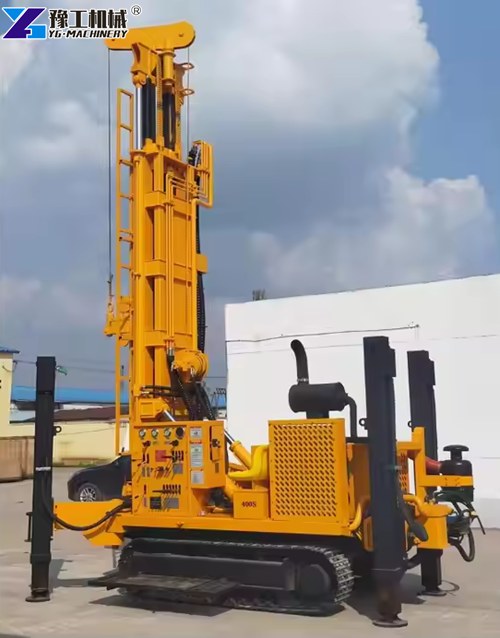
1. Mineral Exploration
RC drilling is a go-to method for mining companies exploring for gold, copper, iron ore, and other minerals. Its ability to deliver high-quality samples quickly makes it ideal for identifying mineral deposits.
2. Oil and Gas Exploration
In the oil and gas industry, RC drilling is used to explore reservoirs and assess potential drilling sites. Its precision and efficiency reduce the risk of costly mistakes.
3. Geotechnical Engineering
RC drilling is also used in geotechnical investigations to assess soil and rock conditions for construction projects.
Advantages of RC Drilling
Why choose RC drilling over other methods? Here are the key benefits:
Versatility: Suitable for a wide range of terrains and applications.
Faster Drilling Speeds: RC rigs can drill deeper and faster than traditional methods.
High-Quality Samples: The dual-wall system minimizes contamination, providing accurate samples for analysis.
Cost-Effective: Reduced drilling time and better sample quality translate to lower costs.
24-hour hotline: +8613837115193
RC Drilling vs. Other Drilling Methods
To give you a clearer picture, here’s a quick comparison:
| Feature | RC Drilling | Percussion Drilling | Diamond Drilling |
| Sample Quality | High | Moderate | Very High |
| Drilling Speed | Fast | Slow | Moderate |
| Cost | Low | Low | High |
| Best For | Mineral Exploration | Shallow Drilling | Core Sampling |
FAQs About RC Drilling Rigs
1. What industries benefit most from reverse circulation drilling machine?
RC drilling is widely used in mineral exploration, oil and gas exploration, and geotechnical engineering. Its ability to deliver clean, accurate samples makes it a top choice for these industries.
2. How does reverse circulation drilling rig improve mineral exploration?
RC drilling provides high-quality samples with minimal contamination, allowing geologists to accurately assess mineral deposits. This reduces the risk of costly errors and speeds up the exploration process.
3. What specific advantages does reverse circulation drilling equipment offer in oil and gas exploration?
In oil and gas exploration, RC drilling offers faster drilling speeds, better sample quality, and reduced costs. It’s particularly useful for assessing reservoir potential and planning extraction strategies.
4. What type of drill is used for reverse circulation drilling?
RC drilling uses a dual-wall drill pipe with a pneumatic hammer bit. This setup allows for efficient air circulation and sample collection.
Why RC Drilling is the Future of Exploration
The world’s demand for minerals and energy is only growing, and RC drilling rigs are at the forefront of meeting that demand. With their speed, precision, and cost-effectiveness, they’re revolutionizing how we explore and extract resources.
Conclusion: Ready to Explore?
Whether you’re in the drilling business or just fascinated by the technology behind resource exploration, RC drilling rigs are a topic worth diving into. They’re not just tools—they’re the future of efficient, accurate exploration.
If you’re looking to invest in or learn more about RC drilling rigs, now’s the time. Drop a comment below or reach out to us—we’d love to hear your thoughts!

